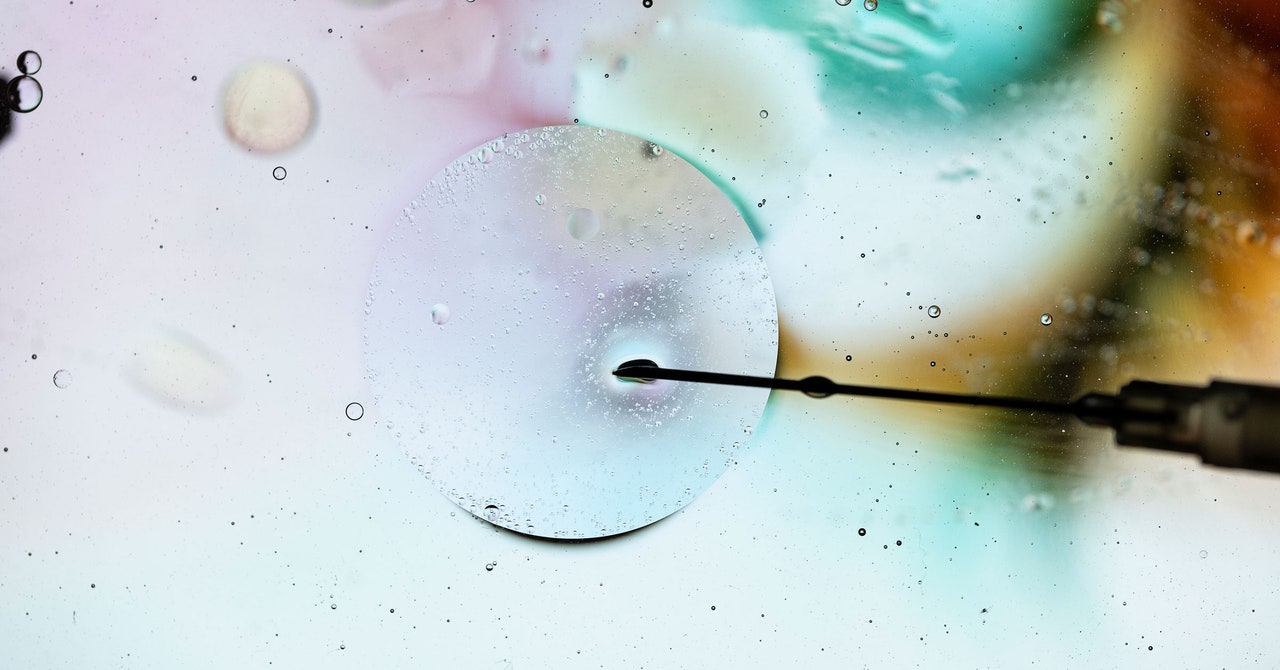
Rivron’s laboratory was the first to create these embryo-like structures in 2018. His team showed that mouse stem cells can self-organize into structures that resemble a blastocyst, which forms five or six days after sperm fertilizes an egg. They dubbed the balls of cells “blastoids.”
Then in 2021, several labs showed they could create human blastoids using stem cells. And last year, researchers at the University of Cambridge and the California Institute of Technology reported that they created mouse structures mimicking natural embryos at 8.5 days of development, which even had beating hearts and neural folds, the foundations of the brain.
Scientists behind these experiments insist that these balls of cells are just models, not actual embryos. The International Society for Stem Cell Research, or ISSCR, a scientific group that sets guidelines for stem cell research, prohibits these structures from being transferred into humans for the purpose of trying to start pregnancies.
For now, scientists want to use them to better understand early pregnancy. “Because monkeys are closely related to humans evolutionarily, we hope the study of these models will deepen our understanding of human embryonic development, including shedding light on some of the causes of early miscarriages,” said Zhen Liu of the Chinese Academy of Sciences in Shanghai, one of the authors of the study, in a press statement. (Liu’s team did not respond to an emailed request for comment by press time.)
Still, trying this in a monkey is the closest approximation to what could happen in a human. “This shows that you can get a pregnancy started, or at least trigger the macaque’s hormonal system to think that it’s pregnant,” says Hank Greely, director of the Center for Law and the Biosciences at Stanford School of Medicine. “It says there’s some evidence that maybe it could give rise to a baby monkey.”
Embryo research is especially controversial in the US, where it has faced religious objections for decades. While most states allow research on human embryos, national law prohibits federal funds from being used to create or destroy them.
Several countries, including the United Kingdom, Canada, and South Korea, have legal restrictions against growing human embryos in a lab past 14 days after fertilization—when the first signs of the central nervous system appear. (In other countries, the 14-day rule is just a guideline, initially established by the ISSCR.) In 2021, the ISSCR relaxed the 14-day rule to consider experiments that involve growing human embryos past that mark on a case-by-case basis.
Embryo models give researchers an alternative without having to rely on the real thing. But as they get more sophisticated, they are raising concerns of their own. “I think what we’d really like to know is: Can an embryo model give rise to a living organism?” Greely says. “If it can, then it should be treated like an embryo. If it can’t, then it doesn’t need to be treated like an embryo.”
To answer that question, Greely is in favor of scientists conducting the kind of experiments that the new paper outlines. He feels it would be unethical to do so in people, because any resulting babies could end up with birth defects or genetic disorders.
Rivron thinks scientists should move slowly with trying to establish animal pregnancies with blastoids, because it’s extremely likely that these structures won’t develop correctly. But at the current pace of research in the field, he thinks the first live mouse born from a blastoid could be a reality within five years. “I think we should do things gradually to make sure we do this right.”
In their press statement, the team behind the new paper recognizes the work may be controversial. “The researchers said they acknowledge the ethical concerns surrounding this type of research but emphasize that there are still many differences between these embryo-like structures and natural blastocysts,” the statement reads. “Importantly, the embryo-like structures do not have full developmental potential. They note that for this field to advance it’s important to have discussions between the scientific community and the public.”


